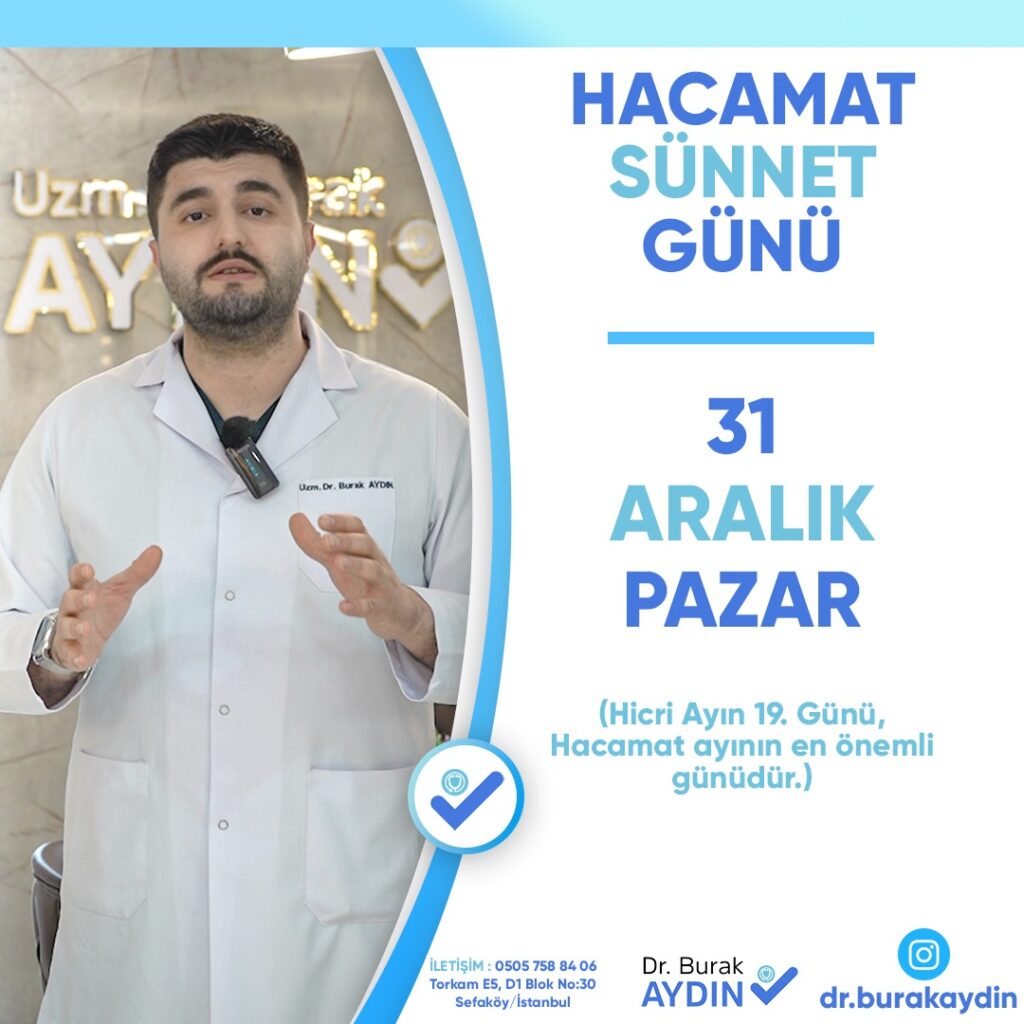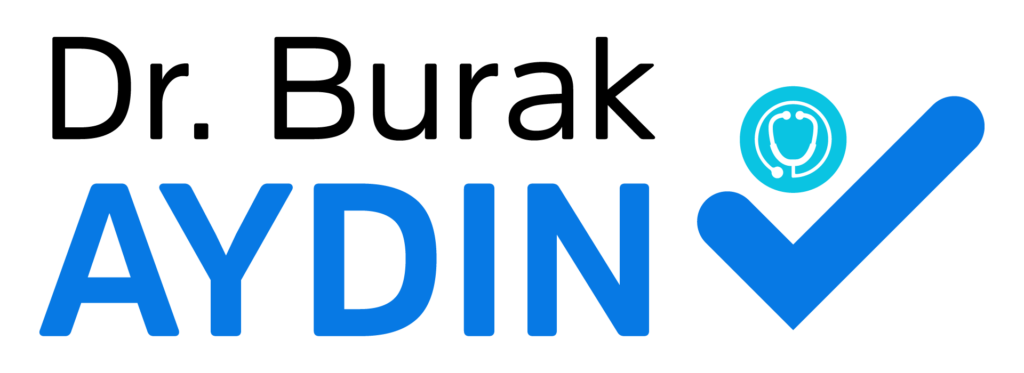The First Step on the Road to Getting Rid of Toxins: Cupping
We will talk about a practice that is known for its healing power in many religions and traditions and has survived to the present day as an ancient treatment method; Cupping Therapy (cupping).
Cupping has been a known practice among people since ancient times to be used in many diseases. It is thought-provoking that this treatment, which has gained a place in many cultures and civilizations, reaches back to Ancient Egypt and is even mentioned in papyri dating back to 1550 BC. So what made this method special and effective? As we try to understand the secret behind the strong belief that it can cure all diseases and remedy mental and physical problems, let’s first learn what cupping therapy is.

What is Cupping Treatment?
It is an application based on applying vacuum to certain points on the body. It is known as wet and dry cupping. While the use of vacuum effect by using only a cup is called dry cupping, the method in which tiny incisions are made on the skin with the help of sterile scalpel is called wet cupping (cupping) treatment. In both methods, the aim is to activate subcutaneous communication systems and signaling pathways that are perfectly interconnected with each other through the negative suction pressure created on the skin.

What does it do? In which diseases is it used?
Cupping therapy is a highly effective treatment form that is very effective in removing toxins from the body, strengthening the immune system by activating the lymphatic system, reducing pain with the vacuum effect applied on the skin, eliminating problems in the musculoskeletal system with its stimulation to the nerve endings, balancing the mental system with its detox effect and its benefits are countless.
Conditions treated with cupping in our clinic:
- Fibromyalgia syndrome, chronic pain
- Conditions such as chronic pain, joint movement limitation, morning stiffness, fatigue related to rheumatic diseases
- Lumbar-neck hernias
- Back and shoulder pain
- Frequent illness
- Chronic fatigue, waking up tired in the morning, sleepiness during the day
- Muscle spasms
- Knee pain (calcification, fluid loss, meniscus, ligament tears)
- Ankle pain, sprains
- Non-organic headaches such as migraine and tension headache
- Insomnia, nervousness
- Sinusitis
- Restless leg syndrome
This treatment method, which should be applied by a physician, has been shown to be effective in many of the above-mentioned ailments and has been proven by scientific studies. Visible results can be obtained when safe and sterile conditions are provided.
How is Cupping Applied?
Millimetric incisions are made after the vacuum applied on the skin. Cup locations are determined after a personalized, holistic examination of the physician and applied to acupuncture points according to the need.
How Long Does Cupping Take?
It takes 30-35 minutes.
What should be considered before cupping?
Since cupping treatment aims to remove toxins from the body, it is not desirable that the digestive system is working beforehand. 3-4 hours of fasting is required. However, fluid intake can be continued in order not to cause a drop in blood pressure.
Smokers are asked to have smoked at least 2 hours ago.
I want to have a cupping but do I have to cut my hair?
No, in our clinic, hair is not cut in cupping application, head cupping is applied with a special device.
Which days should I have cupping?
We know that cupping is recommended to be performed on certain days based on the fact that the gravitational pull of the moon varies according to the Hijri calendar and that it is easier to remove toxins from the body on these days. However, for therapeutic purposes, cupping can be performed on any day and should not be delayed.
What should I not eat after a cupping?
Avoiding animal foods for 24 hours after cupping will increase the effectiveness of cupping. Foods such as meat, milk, cheese and eggs should be avoided and a plant-based diet should be followed.
Are there any scars after cupping?
No scarring is expected. No scars are expected to remain on the skin after a properly performed cupping procedure. Incisions made at the correct depth under the skin prevent the formation of scars on the skin.
Will I faint during cupping?
People who experience symptoms such as fainting, dizziness, nausea, etc. due to the effects of previous wrong cupping practices may not want to have cupping again. However, when the application technique, cupping position, and the things to be considered before and after cupping are followed, we do not encounter fainting, dizziness, etc. during cupping.


